
As a movie fan, it’s frustrating to learn how often filmmakers have to change their original ideas just to get an R rating that will actually make money. Studios really avoid the NC-17 rating like the plague because so many theaters won’t show those films, and they can’t advertise them very well. I’ve discovered that directors often have to cut out violent scenes or blur out anything too sexual just to pass inspection. This list I found details twenty well-known movies that had to be heavily edited to avoid being considered a box office failure.
‘RoboCop’ (1987)
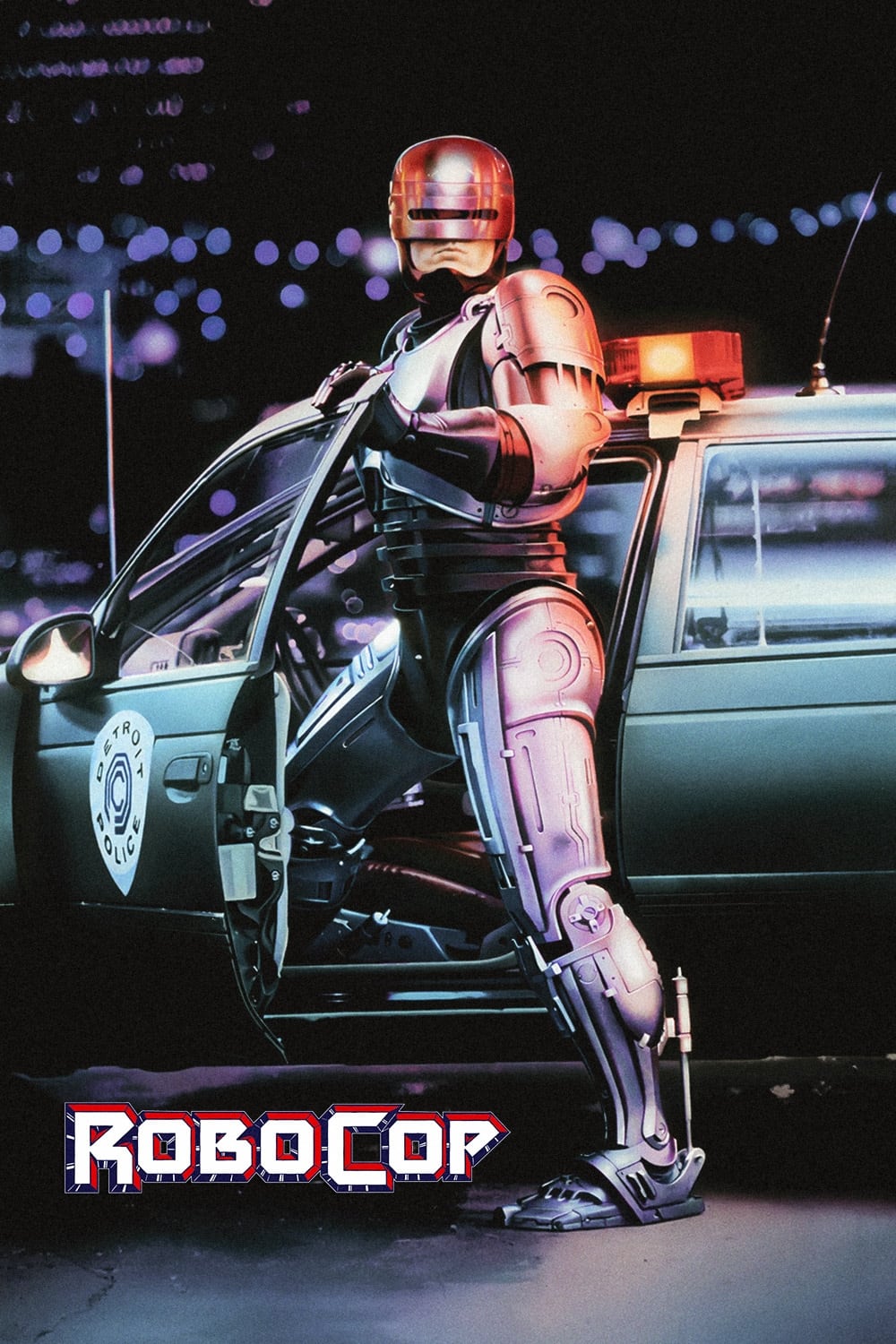
Paul Verhoeven had to submit his science fiction satire to the MPAA several times before it received an R rating. The initial version showed a much more graphic and violent death of the main character, Alex Murphy, at the hands of Boddicker and his crew. The filmmakers also toned down the amount of blood and gore in the scene where the ED-209 robot malfunctions and kills a company executive. The final version released in theaters had considerably less blood and shorter, less intense violent moments.
‘Eyes Wide Shut’ (1999)

Stanley Kubrick finished his last movie just before he passed away, but the studio worried it would receive an adults-only rating. To avoid this, they digitally added figures to a provocative scene to cover up some of the explicit content. This change allowed the film to be shown in most theaters. Later, the original, uncut version of ‘Eyes Wide Shut’ became available on DVD and Blu-ray.
‘American Psycho’ (2000)

Director Mary Harron clashed with the film ratings board over how violent and edgy her satirical thriller was. The biggest issue was a scene with the main character, Patrick Bateman, and two sex workers. To get the film approved, Harron had to remove certain shots and shorten the scene. Surprisingly, the board was more concerned with the sexual content than with the film’s graphic violence.
‘Scream’ (1996)

To get the rating he wanted, Wes Craven had to show the MPAA ‘Scream’ eight different times. He had to cut graphic scenes of internal organs from the beginning and lessen the amount of blood in the ending. Craven successfully argued that the film was a satire, which ultimately convinced the board. These changes were crucial in allowing the movie to reach a large teenage audience it otherwise wouldn’t have.
‘Natural Born Killers’ (1994)
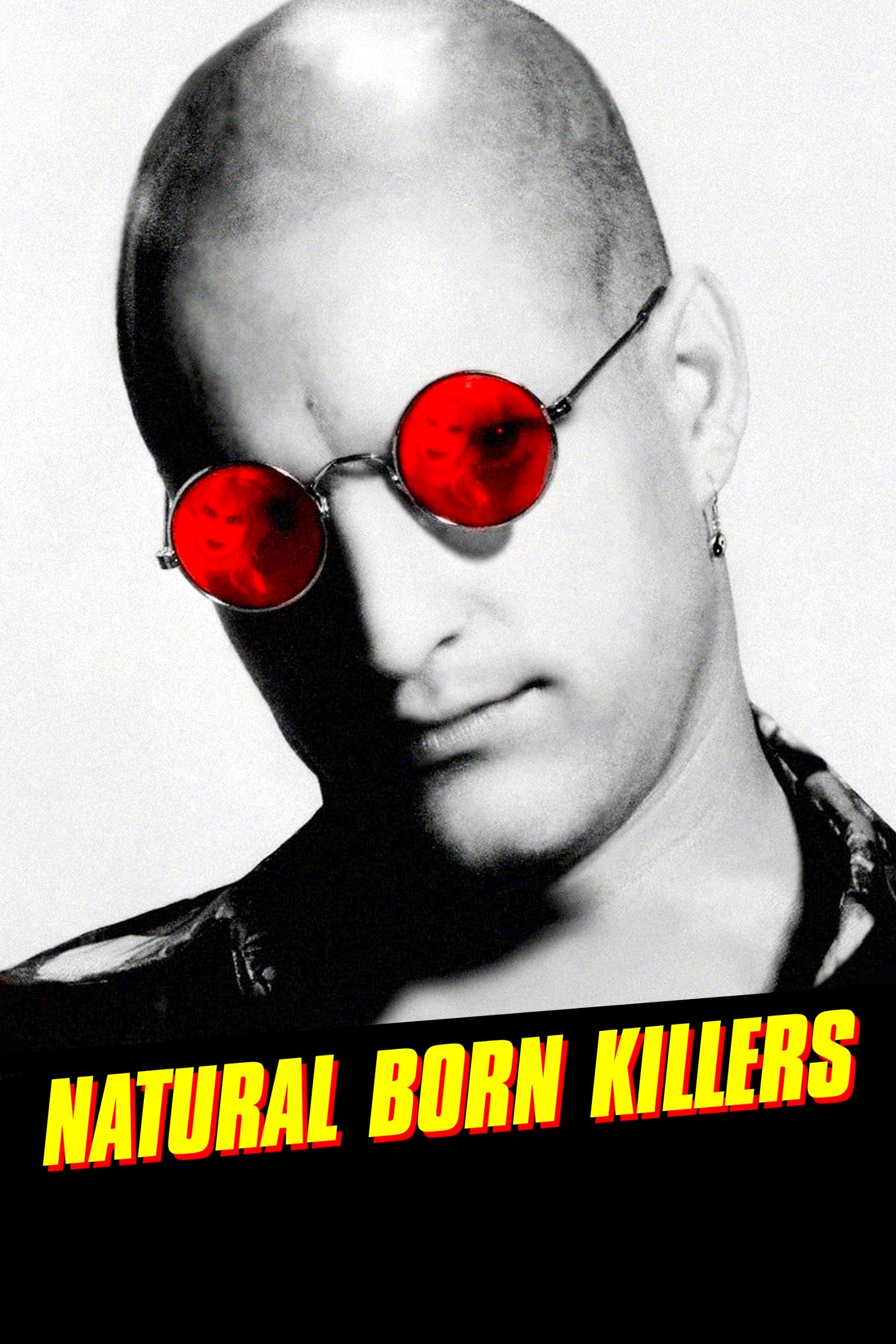
Oliver Stone intended this film to be a deliberately jarring commentary on violence in the media, but the initial version was deemed too graphic by the ratings board. The scene depicting a prison riot had to be significantly shortened, removing particularly brutal stabbings and scenes of people being burned. Stone also had to edit a scene where the character Mallory Knox kills a gas station worker. He later released a director’s cut which included over three minutes of the previously removed violent content.
‘Team America: World Police’ (2004)
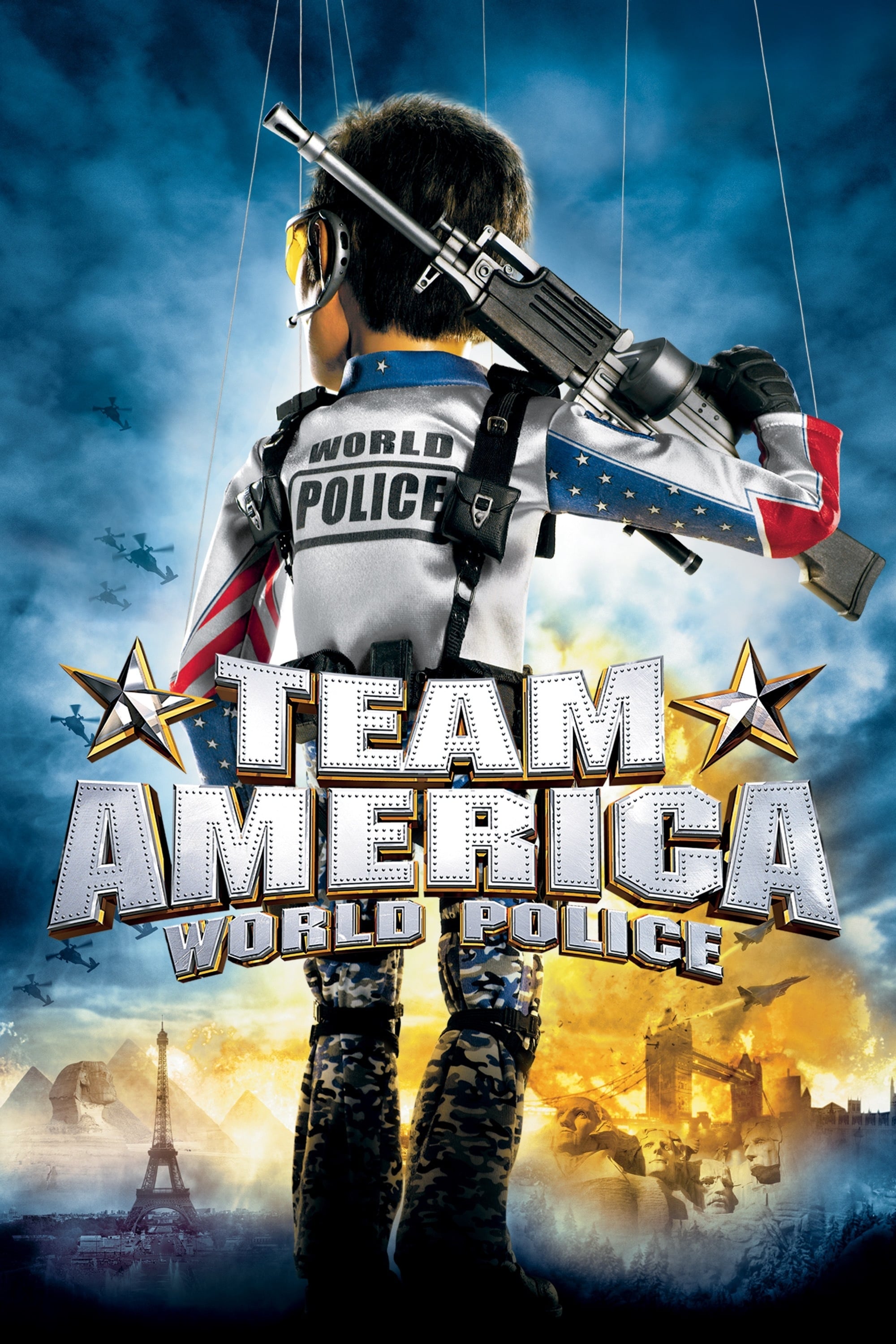
As a big fan of their work, I was fascinated to learn about the fight Trey Parker and Matt Stone had getting this movie rated. Apparently, the MPAA really pushed back on a puppet sex scene, demanding they cut it down frame by frame until it was less explicit. They had to compromise and show slightly less graphic angles just to get that R rating. It was frustrating for them, though, because all the puppet violence seemed to fly under the radar while the sexual humor got so much attention. It just felt like a double standard to them, and honestly, I can see their point.
‘South Park: Bigger, Longer & Uncut’ (1999)
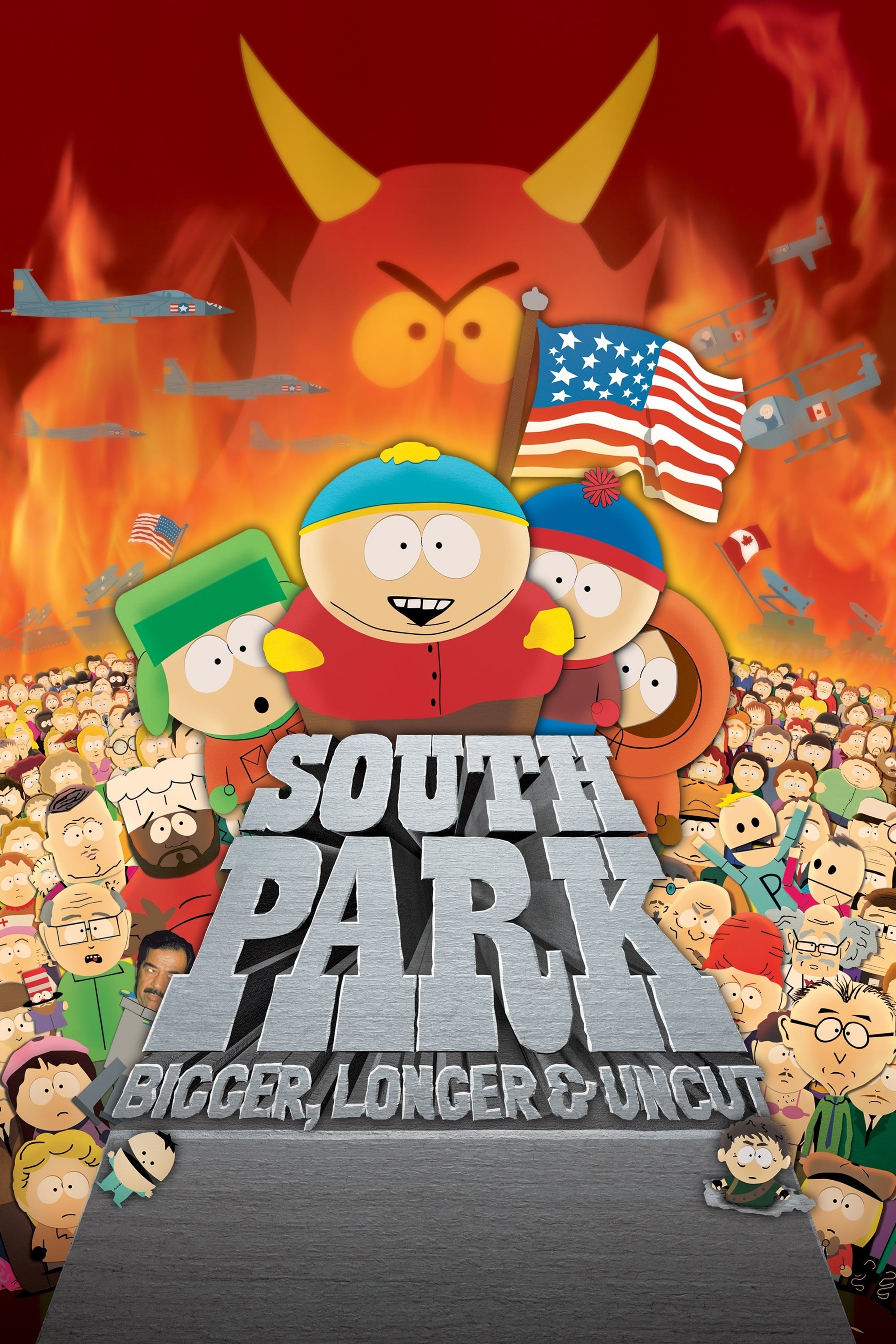
This animated musical went through a surprisingly difficult ratings process, requiring more submissions to the MPAA than any other film by its creators. The ratings board was concerned about frequent swearing and how the film portrayed Saddam Hussein. Paramount Pictures repeatedly asked the filmmakers to make changes so the movie could be released in theaters. After weeks of discussion, the final cut only received an R rating by a narrow margin.
‘Basic Instinct’ (1992)

Paul Verhoeven faced a significant struggle with the film ratings board regarding the movie’s sexual content. He made many minor edits to the intimate scenes to make them less explicit and shorter. The famous interrogation scene was particularly contentious and needed careful adjustments to avoid being cut from the final version. Despite facing substantial censorship, the film played a role in expanding the boundaries of what was considered acceptable in mainstream movies.
‘Kill Bill: Vol. 1’ (2003)

Quentin Tarantino made a clever change to avoid an adult rating for his action film. The fight scene between The Bride and the Crazy 88 at the House of Blue Leaves was initially filmed in color, but it contained so much blood and violence that Tarantino had to switch it to black and white for American viewers. This change reduced the impact of the gore just enough to get the film the rating he wanted.
‘The Wolf of Wall Street’ (2013)

To get ‘The Wolf of Wall Street’ released in theaters, Martin Scorsese had to remove some scenes showing drug use and sexual content. The initial version had more graphic material, particularly during the office party and a scene involving candles. The studio and director collaborated to shorten the film by just a few seconds to satisfy rating requirements. Even after these edits, the movie still tested the limits of its R rating when it came out.
‘Saw’ (2004)
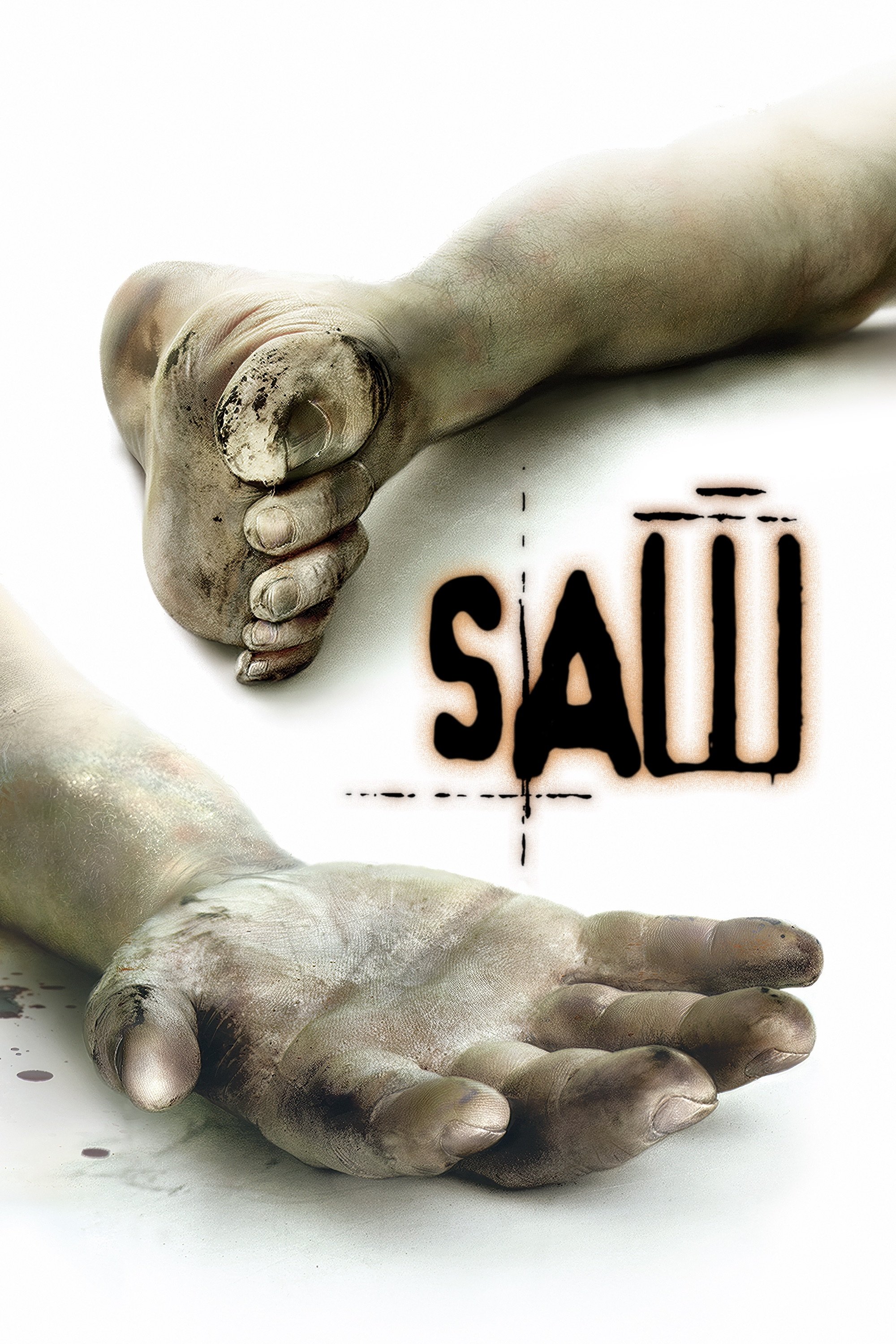
James Wan ran into trouble with the MPAA because his low-budget horror film was intensely psychological and featured a lot of gore. To get the film approved, he had to make some changes, like speeding up the footage during the razor wire maze scene to make the violence less obvious. He also altered the sound effects to soften the impact of particularly gruesome sounds, like breaking bones and tearing flesh. Despite the film’s graphic nature, these edits allowed it to become a huge franchise.
‘Hostel’ (2005)
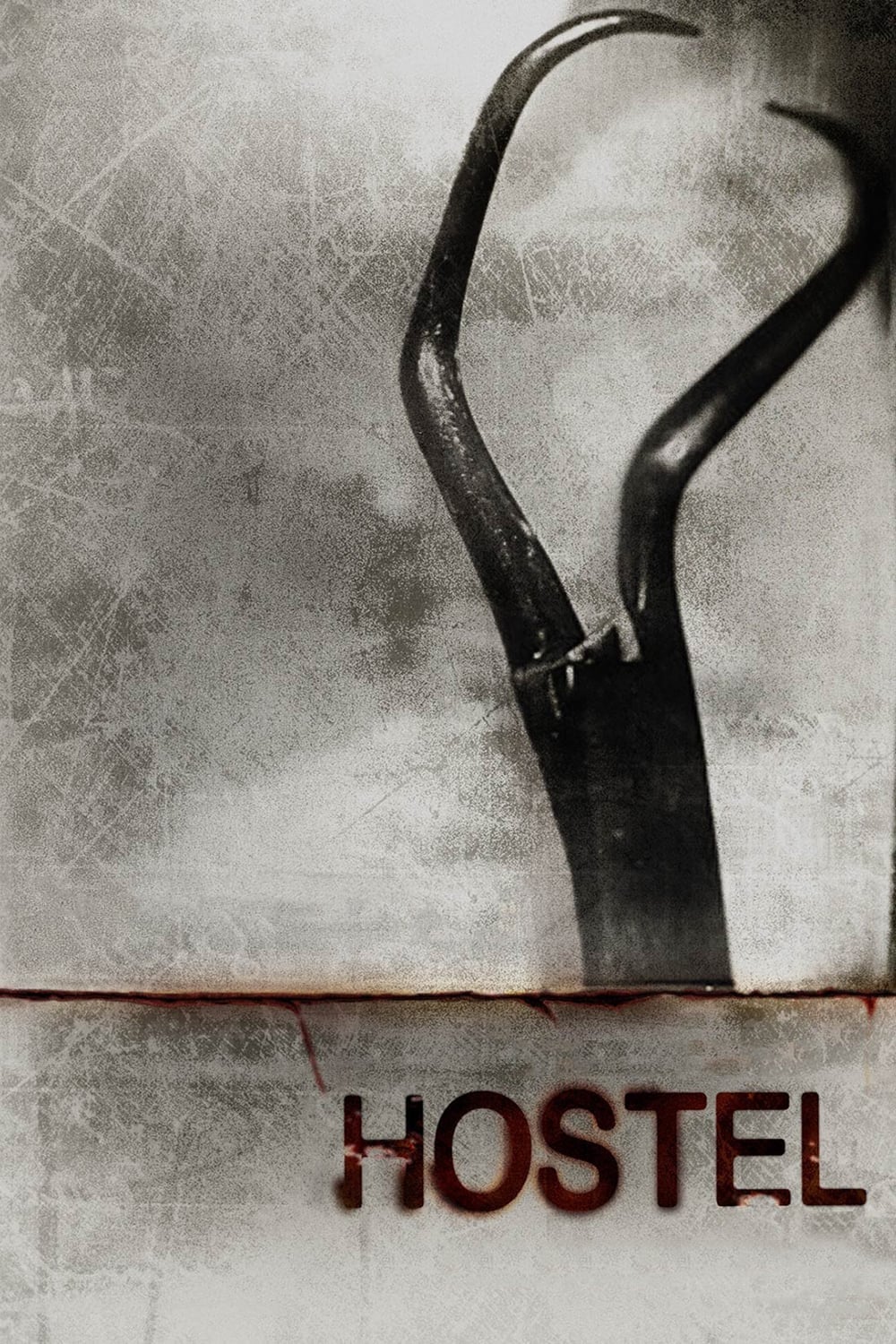
Eli Roth intentionally made this film a particularly shocking example of the ‘torture porn’ genre, which immediately caused problems with censors. The ratings board asked him to remove the most intense scenes, specifically those involving drills and a severed Achilles tendon. Roth complied by editing the most graphic images, implying the violence instead of displaying it explicitly. However, a later, unrated DVD version included the full, original footage for fans of horror.
‘Total Recall’ (1990)
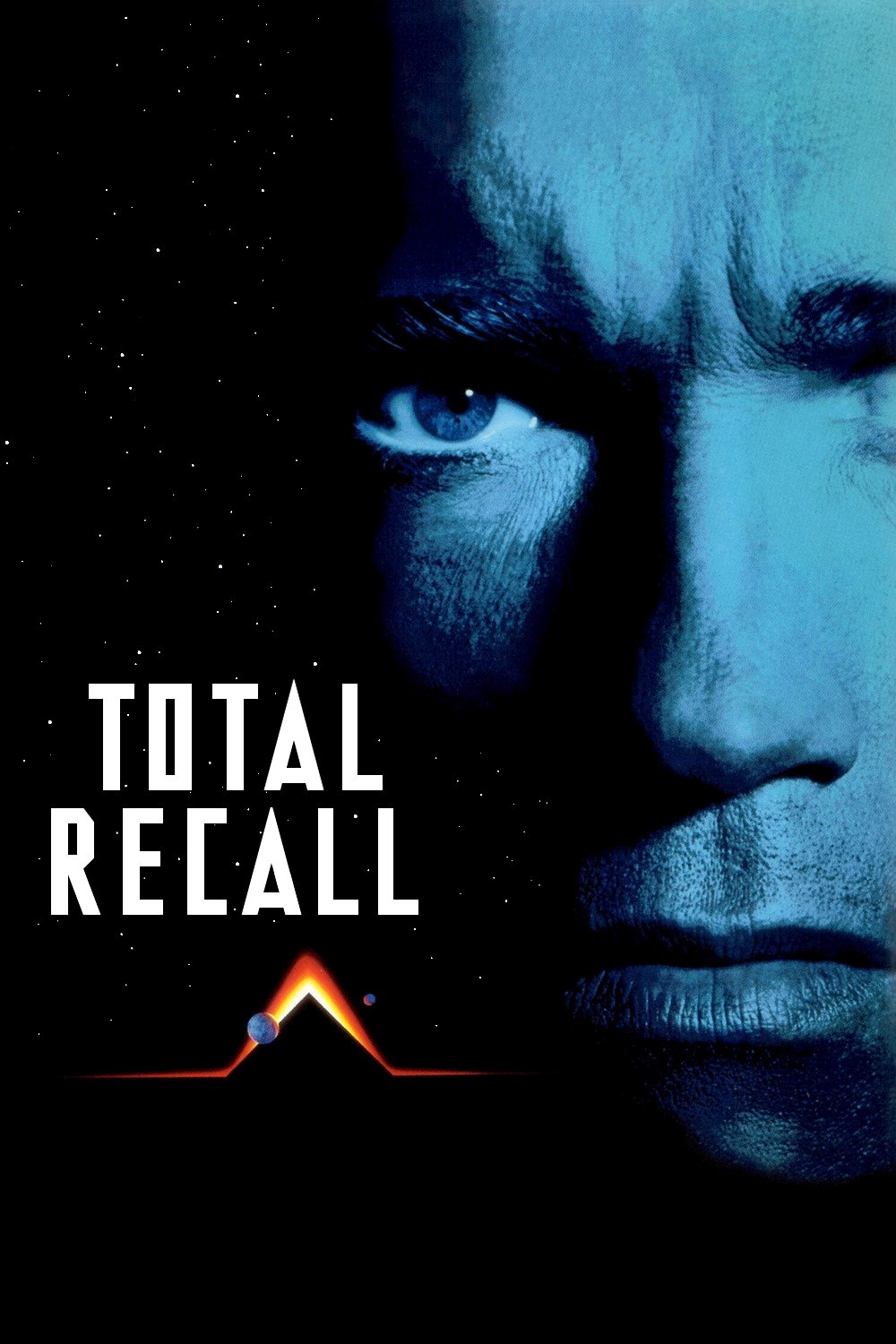
This sci-fi action movie initially received an X rating because of its extreme violence. Director Paul Verhoeven had to cut a scene where Arnold Schwarzenegger used a civilian as a shield. He also shortened the action sequence where characters’ arms were severed during an elevator chase. These changes reduced the graphic violence while still keeping the movie fast-paced and exciting.
‘Starship Troopers’ (1997)

This darkly humorous sci-fi movie contained graphic scenes of people being torn apart by massive alien insects. The film’s rating board demanded cuts to a particularly gruesome scene where a character was pulled underground and dismembered. A sequence showing a cow being devoured by a bug was also removed before the movie was shown in theaters. Director Verhoeven had to tone down his signature visual style once again to get the film released to a wider audience.
‘Friday the 13th’ (1980)
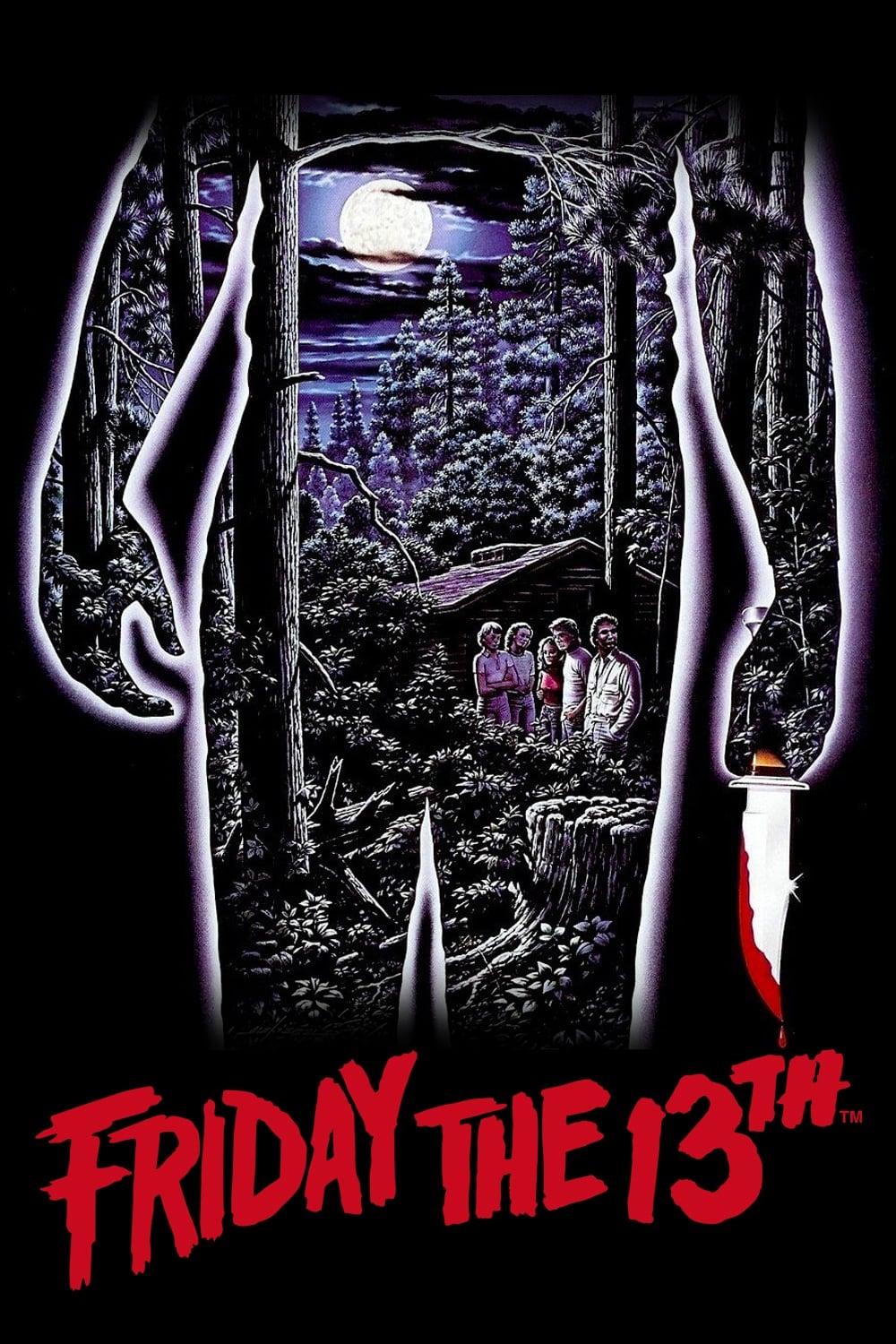
Tom Savini’s special effects were so realistic that they initially concerned film censors. The original death scene for Kevin Bacon’s character featured much more graphic detail – including a clearer view of the arrow wound and more blood. Other violent scenes were also cut down, removing extended shots of the gore. As a result, the version shown in theaters uses faster cuts and relies less on the detailed special effects that were originally filmed.
‘Event Horizon’ (1997)
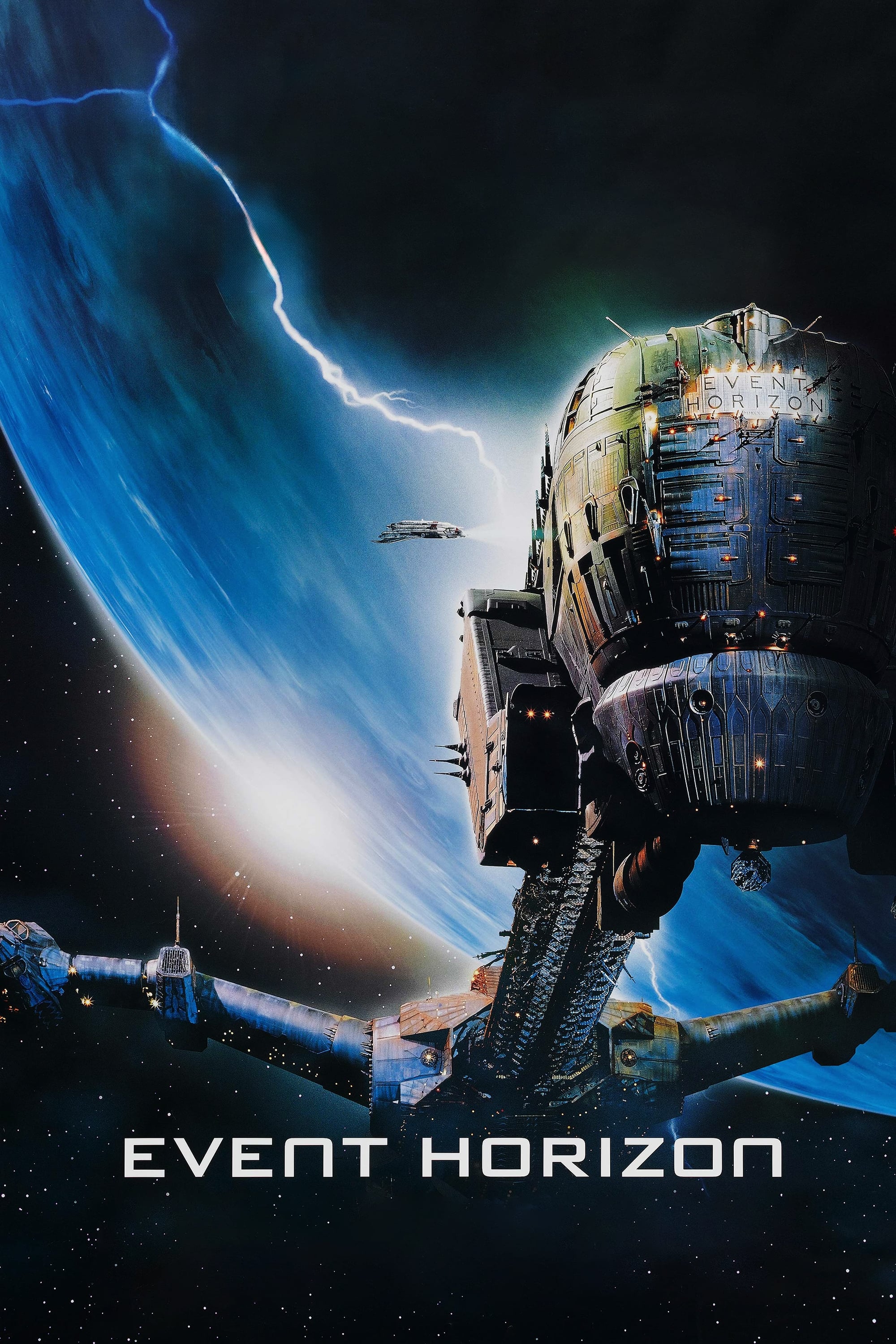
Studio executives at Paramount were shocked by the first version of this science fiction horror film because of its intensely disturbing visuals. The video log detailing events on the lost ship originally featured far more extreme scenes of torture and cannibalism. Director Paul W.S. Anderson had to remove several minutes of footage to secure an R rating. Sadly, most of this cut material has never been found or fixed for viewing.
‘Hard Target’ (1993)
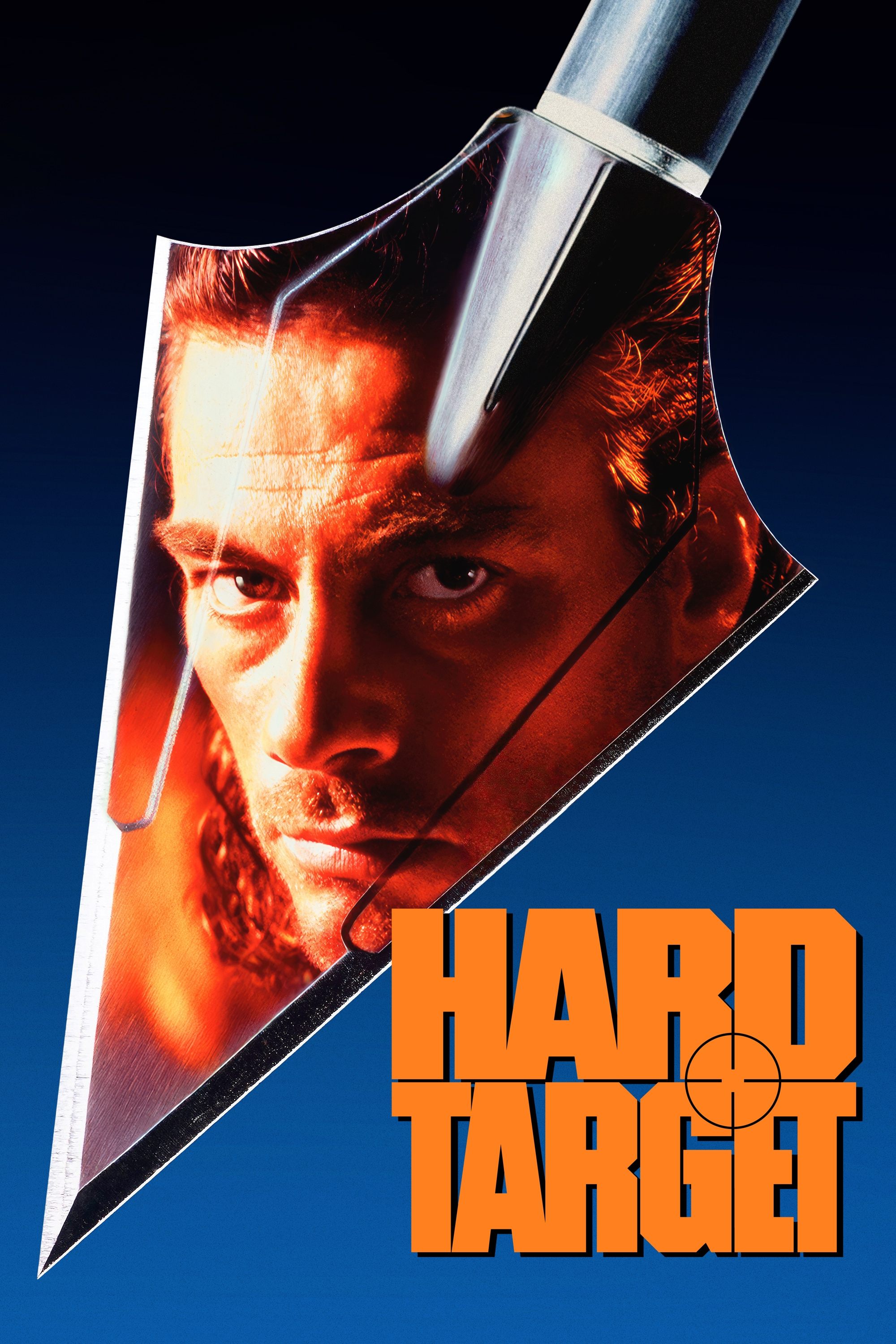
John Woo’s first American film was originally considered too graphic for a restricted rating. The studio stepped in to edit the movie, lessening the intensity of the action and gunfights. A particularly controversial scene involving an ear-cutting was significantly shortened. Later, Woo released an earlier cut of the film that showed his initial, more intense creative vision.
‘King of New York’ (1990)
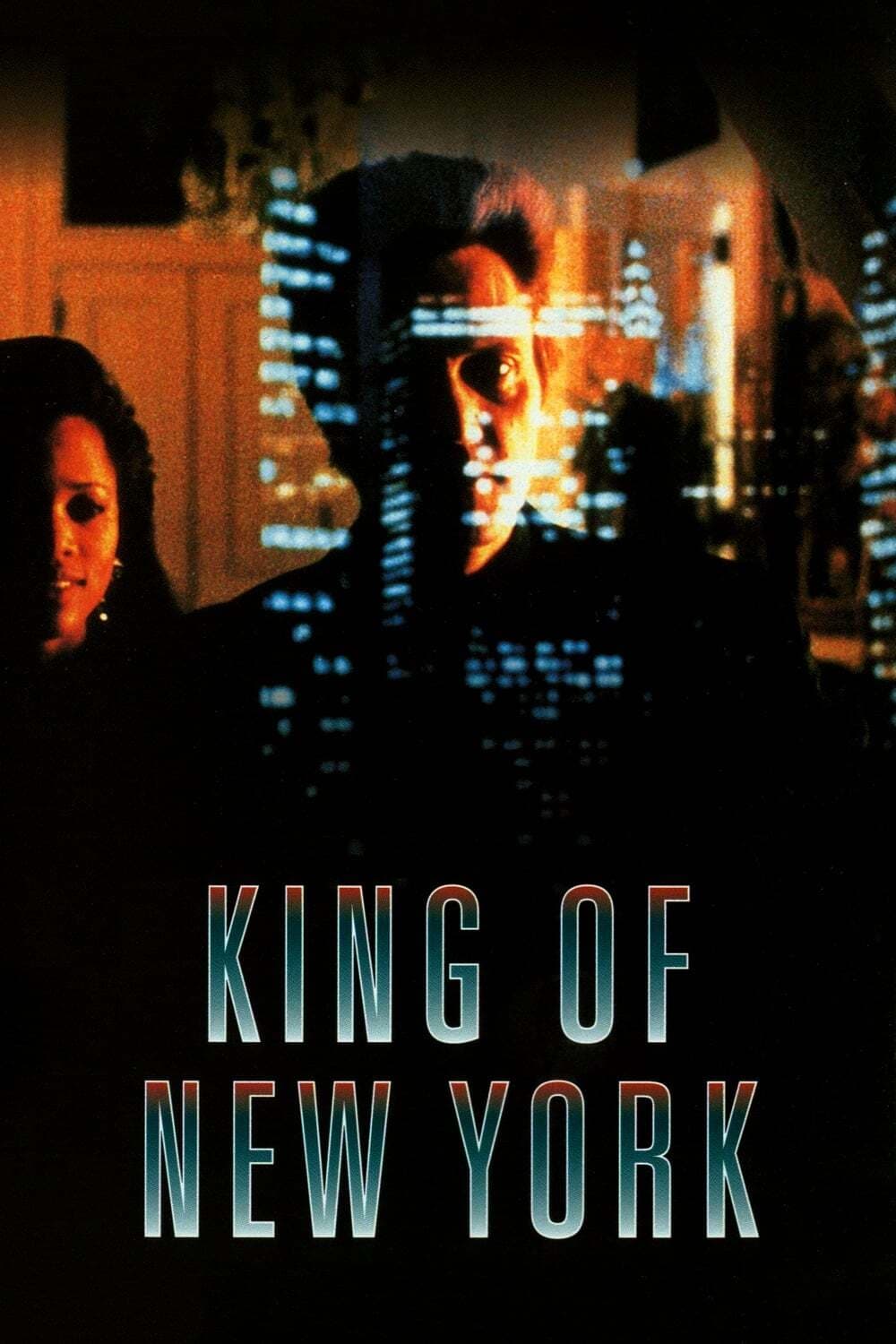
Abel Ferrara’s crime thriller almost received an X rating because of its intense violence and depiction of drug use. To avoid this, the director had to remove some frames from scenes involving shootings and gangland killings. The ratings board was particularly concerned with how realistic the violence appeared. These cuts were made with reluctance, but were necessary to ensure the film could play in most cinemas.
‘True Romance’ (1993)
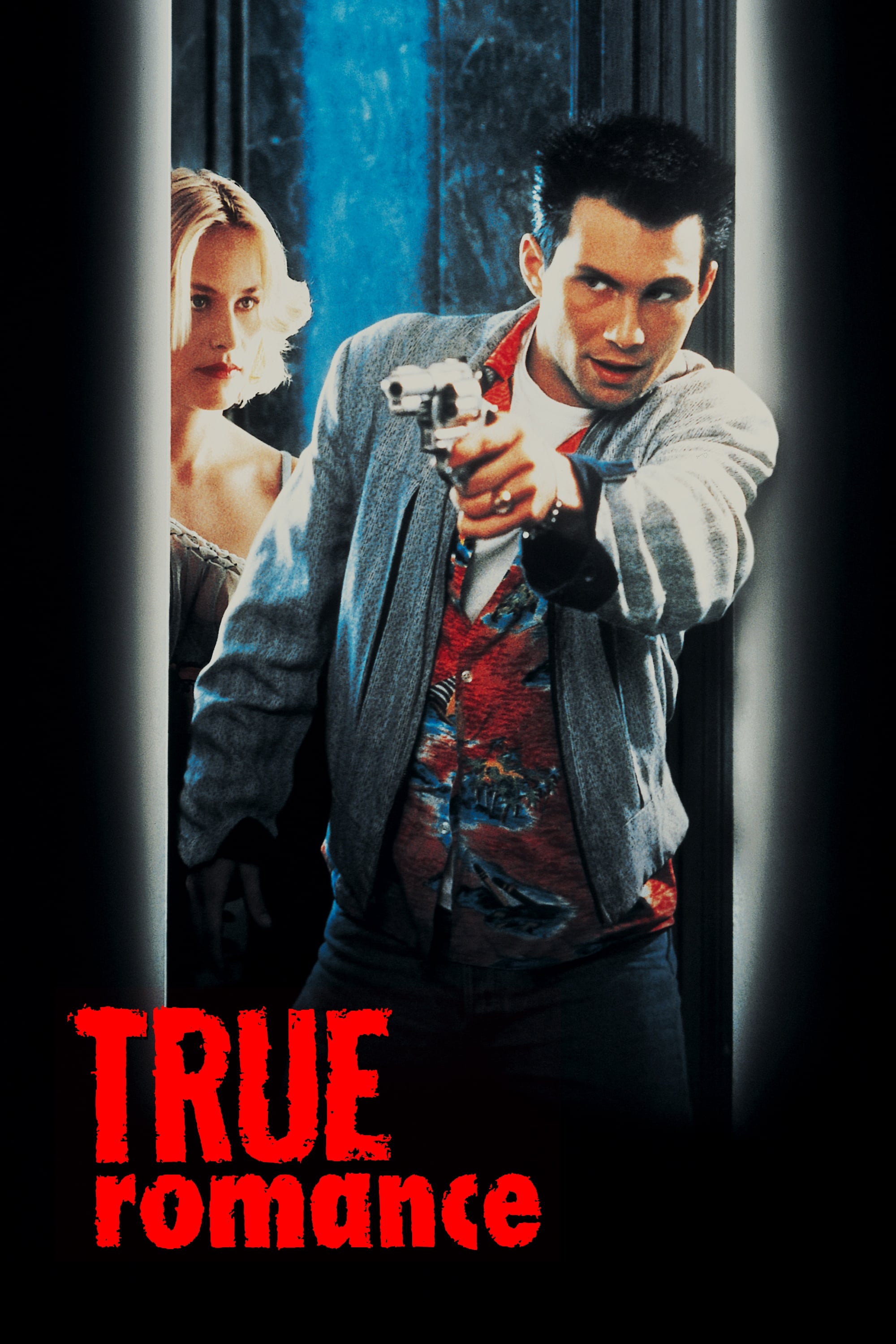
The main reason the movie received an R rating was a brutal fight scene between the characters Alabama and Virgil. Director Tony Scott had to cut out some of the violence to get that rating, and the scene where Drexl Spivey is killed also needed to be toned down to show less graphic detail. The unrated version of the film includes all the original, more violent footage as written by Quentin Tarantino.
‘Cruising’ (1980)
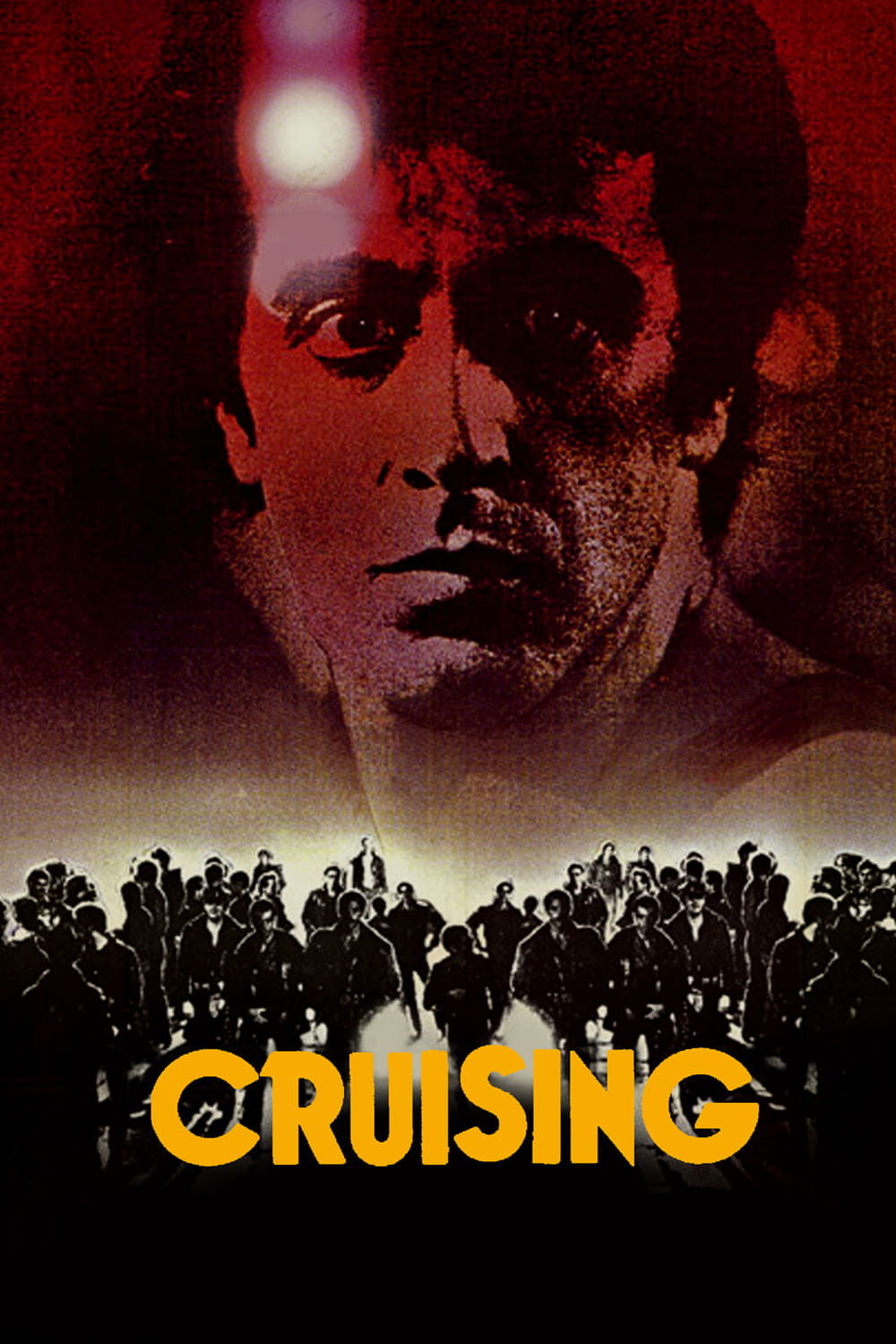
To avoid an X rating, director William Friedkin had to remove about forty minutes of footage from this provocative thriller. The cut scenes were said to include explicit sexual content filmed in real leather bars. Friedkin resubmitted the film to the MPAA multiple times until he found a version they would approve. Even now, the film is still considered controversial because of how it portrays a particular subculture and the significant censorship it faced.
Please share your thoughts on these censored cuts in the comments.
Read More
- Deepfake Drama Alert: Crypto’s New Nemesis Is Your AI Twin! 🧠💸
- Can the Stock Market Defy Logic and Achieve a Third Consecutive 20% Gain?
- Bitcoin’s Ballet: Will the Bull Pirouette or Stumble? 💃🐂
- Dogecoin’s Big Yawn: Musk’s X Money Launch Leaves Market Unimpressed 🐕💸
- SentinelOne’s Sisyphean Siege: A Study in Cybersecurity Hubris
- LINK’s Tumble: A Tale of Woe, Wraiths, and Wrapped Assets 🌉💸
- Binance’s $5M Bounty: Snitch or Be Scammed! 😈💰
- Yearn Finance’s Fourth DeFi Disaster: When Will the Drama End? 💥
- ‘Wake Up Dead Man: A Knives Out Mystery’ Is on Top of Netflix’s Most-Watched Movies of the Week List
- Silver Rate Forecast
2025-11-28 10:46